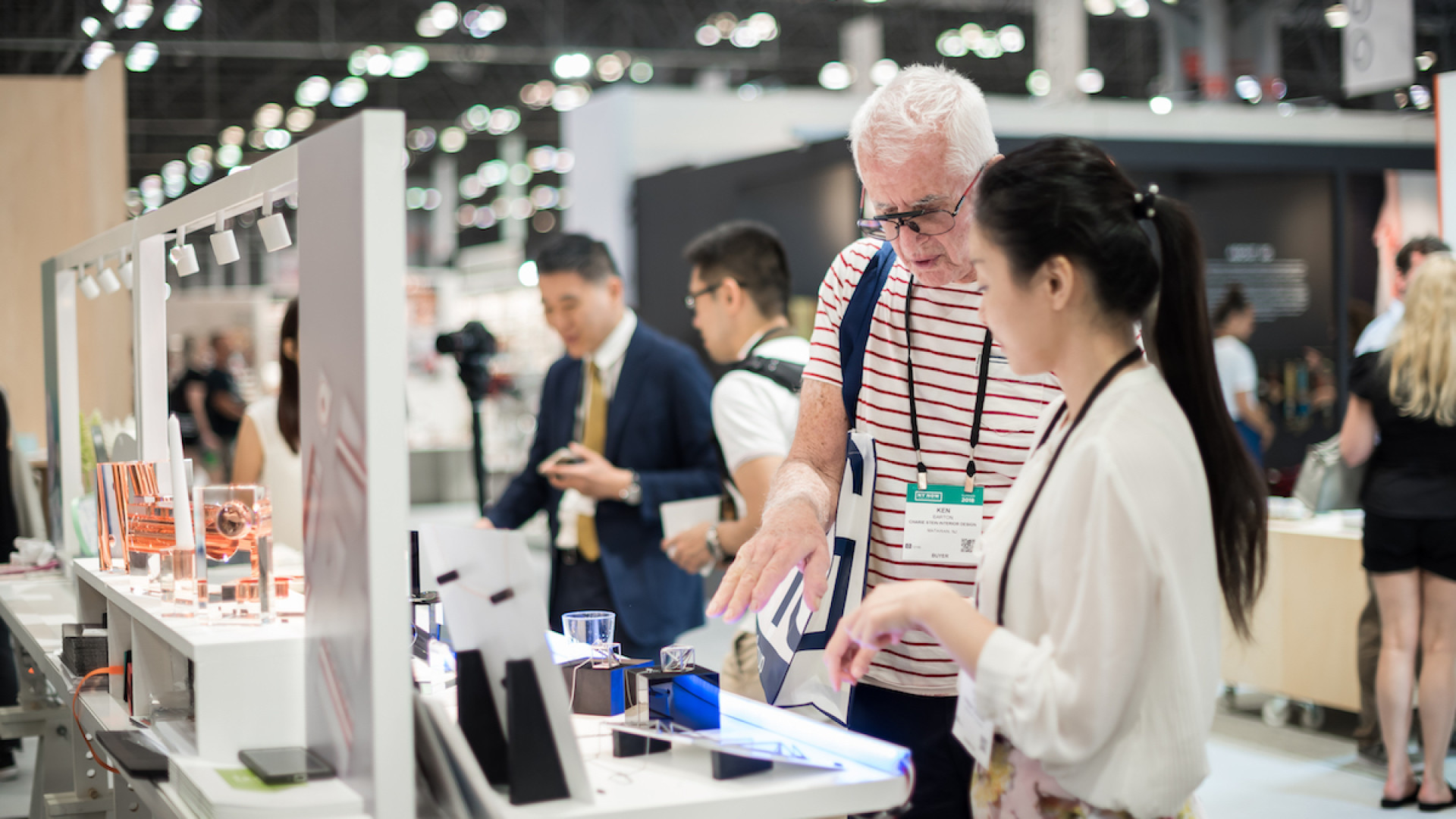Fifteen years ago, the Ministry of Economic Affairs launched a series of policies to aid the development of the Cultural and Creative Industry (CCI). According to an industry report, the CCI, which spans visual and performing arts, music, film, publishing, advertising, broadcasting, handcrafts, and design, consisted of over 62,000 enterprises in 2014.
While the apparent flourishing of the cultural sphere should be welcomed, a closer look at the statistics reveals an industry facing serious challenges. CCI business leaders would be wise to take note of that fact that nearly 85% of the 62,000 CCI enterprises have less than NT$5 million capital, and less than 10% of CCI revenue is generated internationally.
These figures reveal that most CCI businesses are small enterprises with little economic clout that rely on the domestic market to eke out an existence. Coupled with a local economy that has suffered from decades of slow growth and near stagnant labor wages, the implication for many CCI companies is that long-term survival will depend on diversifying revenue streams by tapping into the international market. In short, it is time to go global.
Stuck in limbo
My career in Taiwan, which includes working on the international promotion of the World Design Capital Taipei 2016 and the Golden Pin Design Award, has given me the opportunity to meet many CCI business owners and leading designers. I have observed a number of CCI companies that appear stuck in limbo, only just turning over enough revenue to sustain themselves.
It is not all doom and gloom. Some CCI companies are growing at a steady pace and finding ways to establish themselves overseas despite the unfavorable tide of the economy. They often follow tried and tested techniques such as attending international trade fairs, entering design awards, running pop-up shops, and launching crowdfunding campaigns.
However, very few companies invest in international PR campaigns while trying to launch abroad. This is a huge oversight. Having spoken to several business owners about the issue, some key reasons emerged to explain why Taiwanese companies do not carve out a space in their budgets for public relations.
The bottom line
The salient reason why business owners do not invest in international PR is because they are, rightly, focused on their company’s bottom line. Many are uncertain about the return on investment (ROI) and consider it too risky.
Indeed, the ROI of a PR campaign can be difficult to predict and quantify. Business leaders cannot be faulted for finding PR confusing because the industry itself has struggled to come to a consensus about how to measure the impact of a campaign. PR specialists often focus on metrics such as the numbers of press clippings, readership figures, and media impressions in order to measure campaign success. To demonstrate the actual impact of a PR campaign to a company’s bottom line is more difficult, but it can be done.
The bridge to consumers
Beyond hard facts and figures, CCI business leaders do not always understand the value that a well-executed PR campaign can deliver or the techniques that PR specialists use. It is helpful to consider the media as a bridge between the customer and the brand. Media has the power to subtly influence culture and public attitudes.
The work of a PR specialist is to identify and build relationships with media that the brand’s target market are most likely to read. They will then feed these journalists newsworthy story angles and pitches, and ensure that positive messages about the company have the best chance of reaching the right audience.
An effective PR campaign can lead to rapid acquisition of customers and attract the attention of potential international buyers, distributors, and investors. It can also establish a company as the top player in its sector and place its products in the trend-setting position they deserve. Securing the endorsement of an influential peer or a respected journalist can be worth more than a thousand intrusive advertisements, which is why it is crucial for CCI business leaders to overcome their uncertainties about international PR.
Linguistic expertise
Engaging with international media is a complex art that requires linguistic expertise. To successfully pitch a story to a magazine or news platform requires a good understanding of the readership of each particular media outlet and the type of content it typically produces, a tailor-made, newsworthy story angle to offer, and ideally, a good relationship with one of the editors or contributors.
Furthermore, brand messaging may need to be culturally translated. What works in Taiwan may not necessarily appeal to an international audience. This requires a nuanced cultural sensitivity. For example, Chinese language press releases translated directly into English can either be too poetic and ornamental or too technical and bland to hold the attention of an English-speaking journalist. A press release must be written in a culturally appropriate tone of voice, or it will be ignored.
It may take a significant investment to either hire in-house staff or outsource the task of PR to an agency with the skills to culturally and linguistically translate the brand out of its mother tongue. However, journalists are often busy and impatient people who want their jobs to be made as easy as possible. Hiring a PR professional who can get the job done will be worth it to hit a home run.
Going overseas
A major disadvantage for local CCI businesses is that most international media outlets do not have an office, or even a correspondent, based in Taiwan, and this limits the opportunities to meet journalists in person. Taiwan is, however, host to a small community of freelance writers who can be tapped into with a touch of clever sleuthing. Nowadays, it is also easier than ever to build relationships online and over the phone. Nevertheless, if Taiwanese companies want to build solid relationships with media, it often means going overseas.
As mentioned previously, Taiwanese CCI companies often head offshore for trade shows, awards, and pop-up shops, and find distributors and buyers in other countries to help boost sales. However, an international PR strategy could turbocharge these efforts. Rather than leaving it to luck and hoping journalists show an interest, a more proactive approach will yield better results.
The founders of Kimu Design, a homeware design brand that has established itself in Europe, Asia, and the US, have found it very valuable for the development of their business to participate in trade shows like Maison et Objet. Journalists approached them at the fair, resulting in positive mentions in leading design media outlets like Wallpaper* and Designboom. However, Kelly Lin, one of the founders of Kimu Design, admits that their approach was ad hoc. “At that time, we didn’t really know how to invite local journalists to attend a show or how to reach them… PR is still quite confusing for us.”
Hao Design, a Taiwanese interior design studio that specializes in the residential and retail sectors, have secured a consistent stream of articles celebrating their latest projects with a PR campaign strategy. Their work can be found in popular online publications such as Archdaily, Designboom, and Dezeen. Ivan Chen, the founder of Hao Design, thinks that PR has helped his company achieve success because, “when clients come to us, they know who we are and what our style and brand philosophy is.”
Taiwan is bursting with a wealth of creativity and talent, but the world still needs to hear about it. Taiwan’s cultural and creative industry has the potential to stand shoulder to shoulder with those from countries like the UK, Sweden, and Japan, whose cultural exports are celebrated world over. Far from being a daunting endeavor, engaging with global media is exactly what CCI companies need to do to connect with international markets. Investment, a proactive strategy, and a sprinkling of courage may be all that it takes.
Edited by: Kate Nicholson



